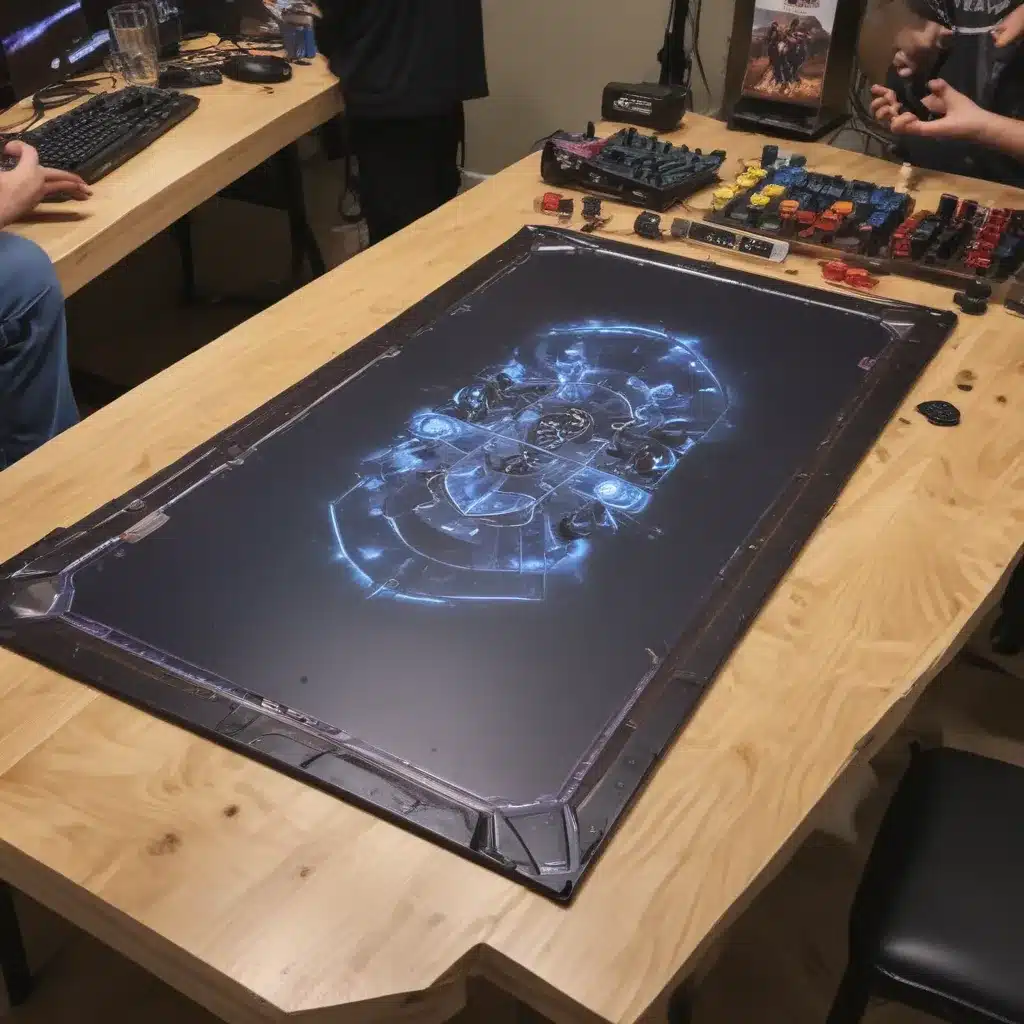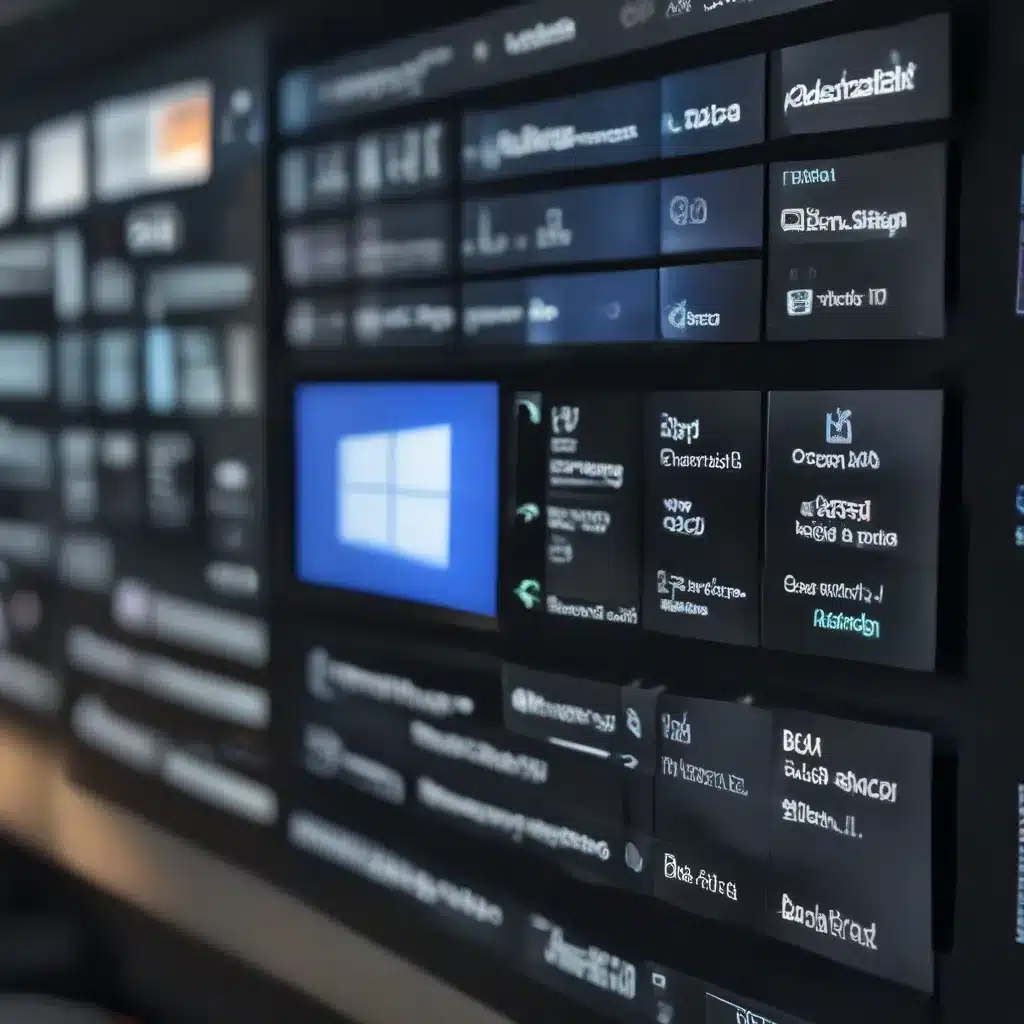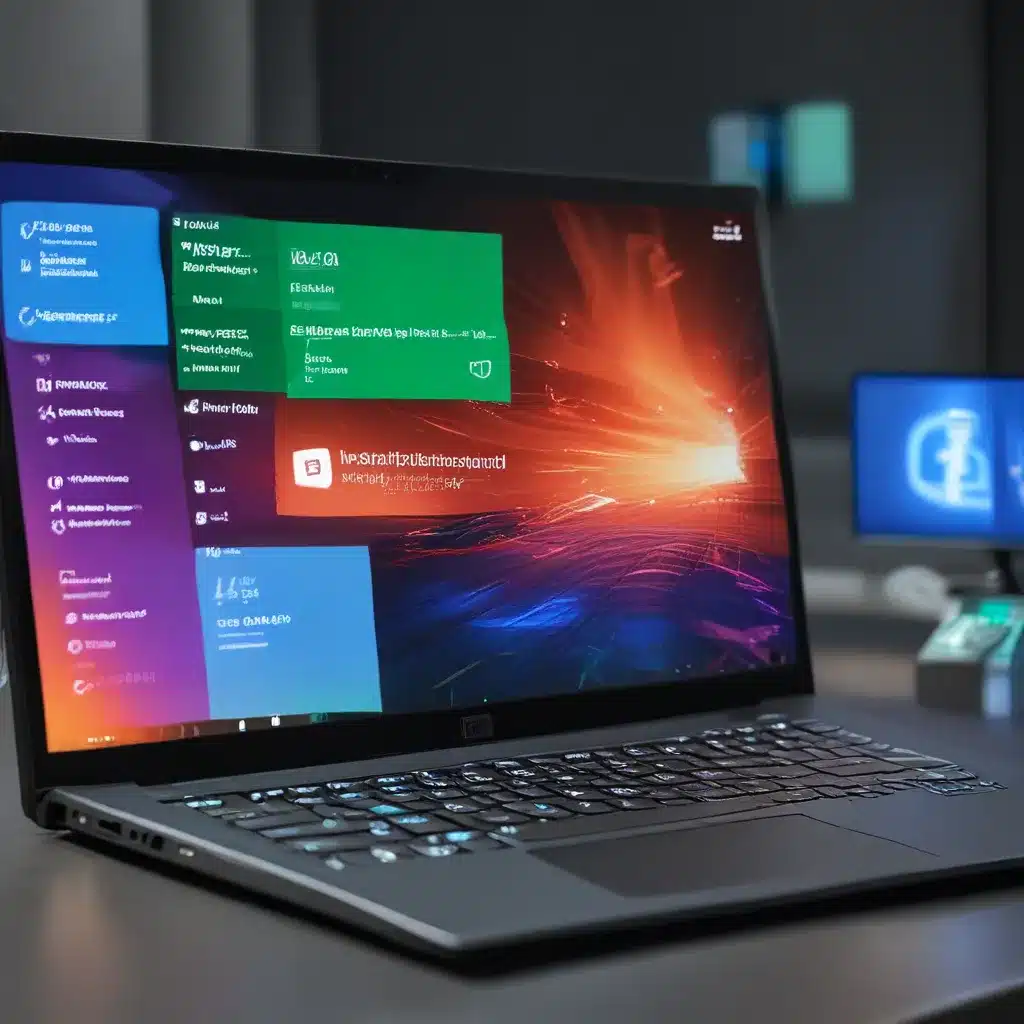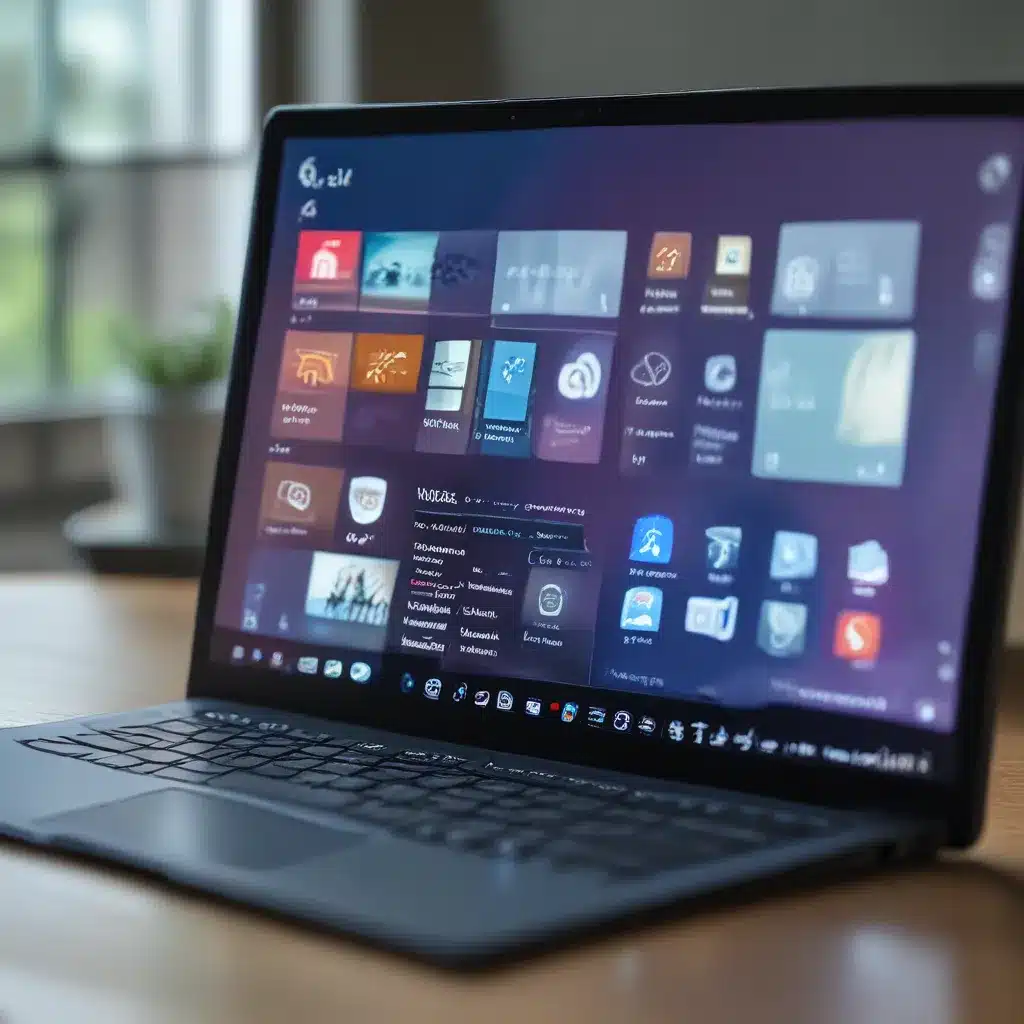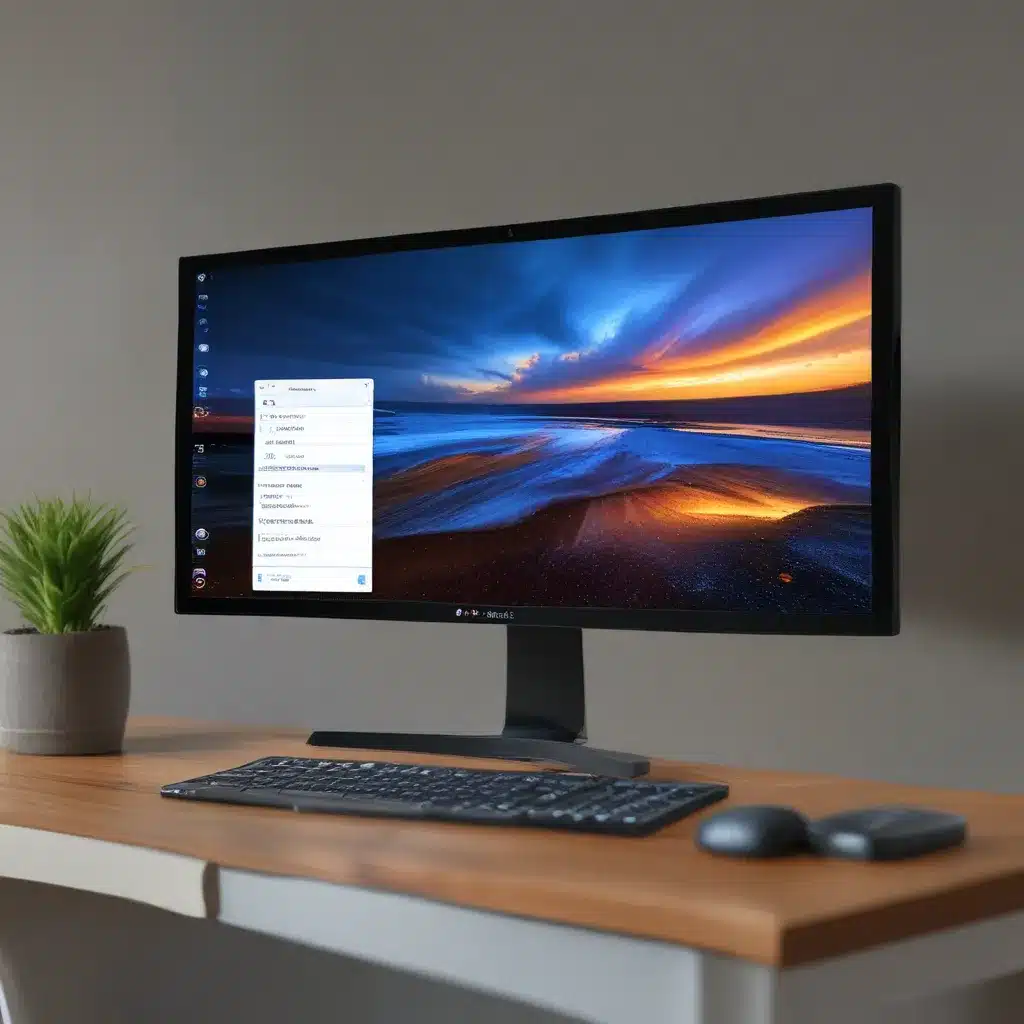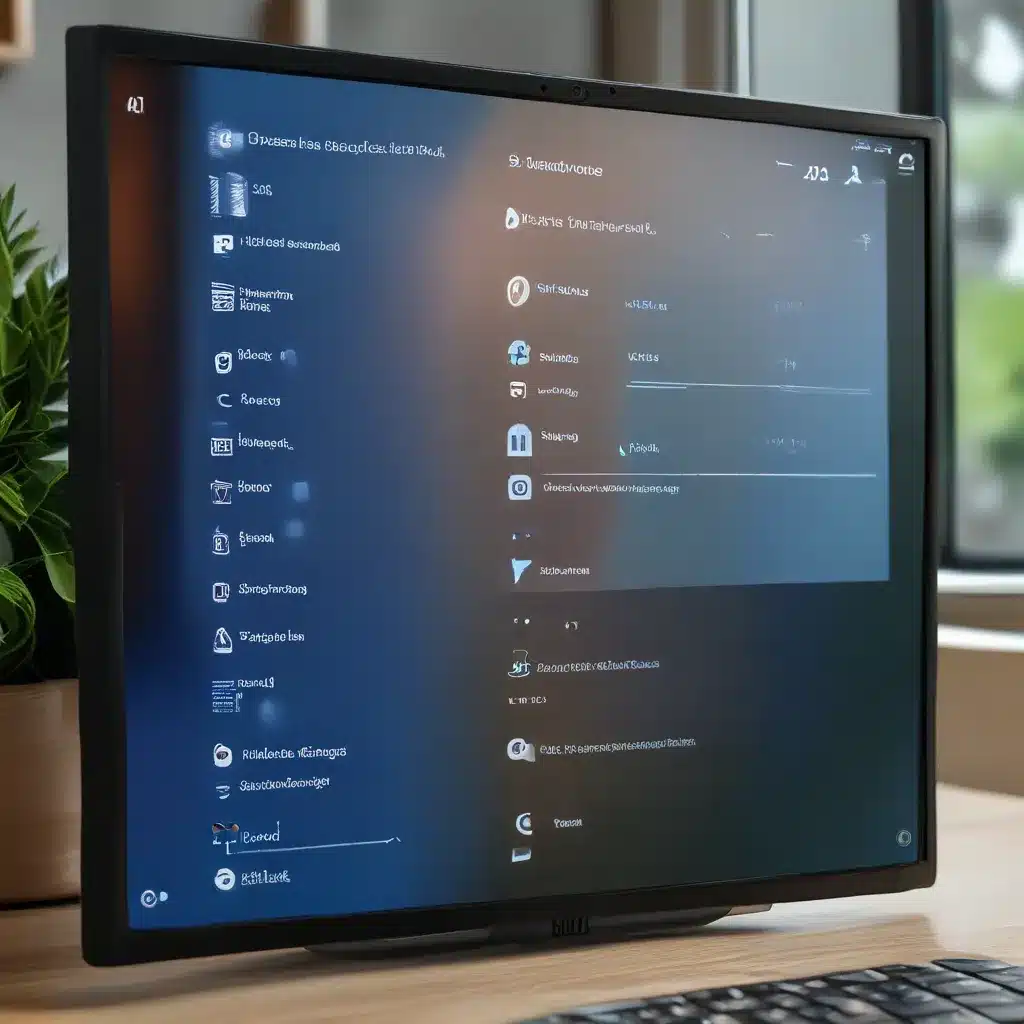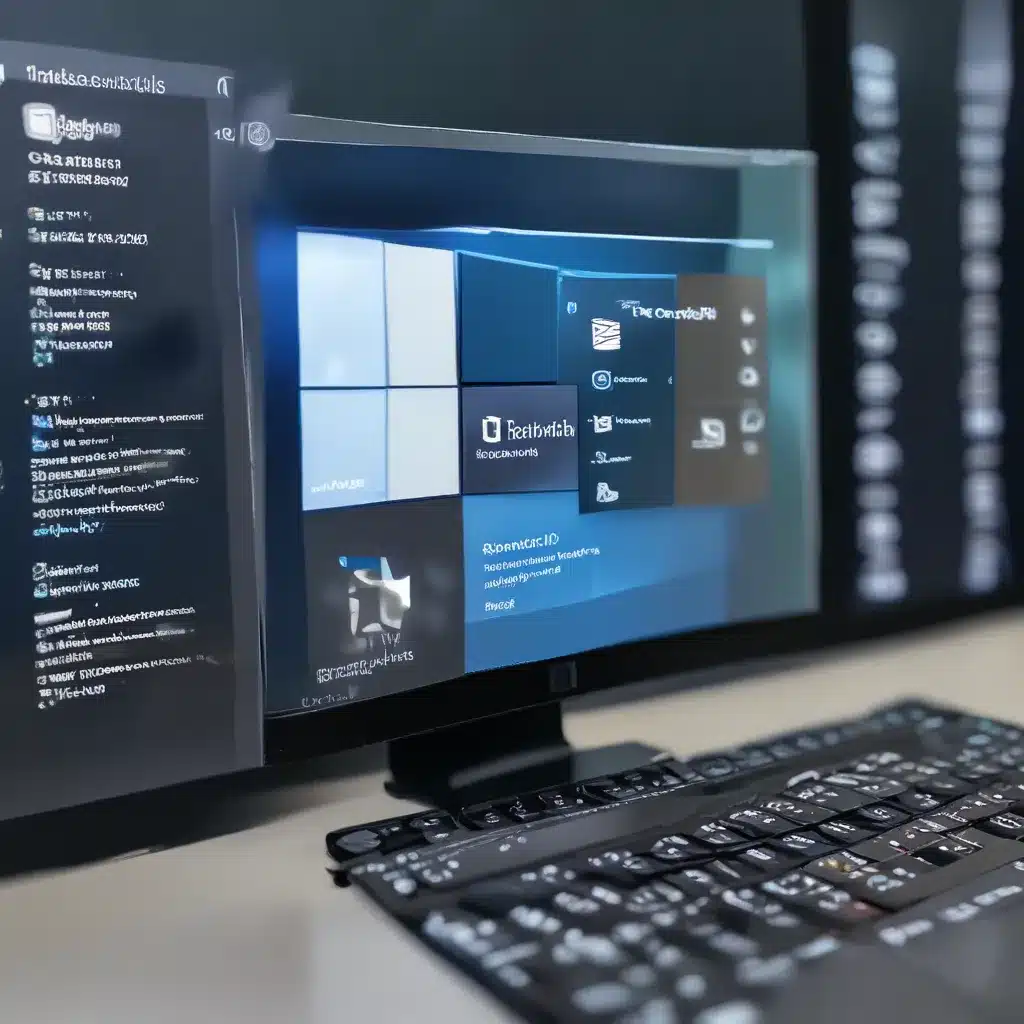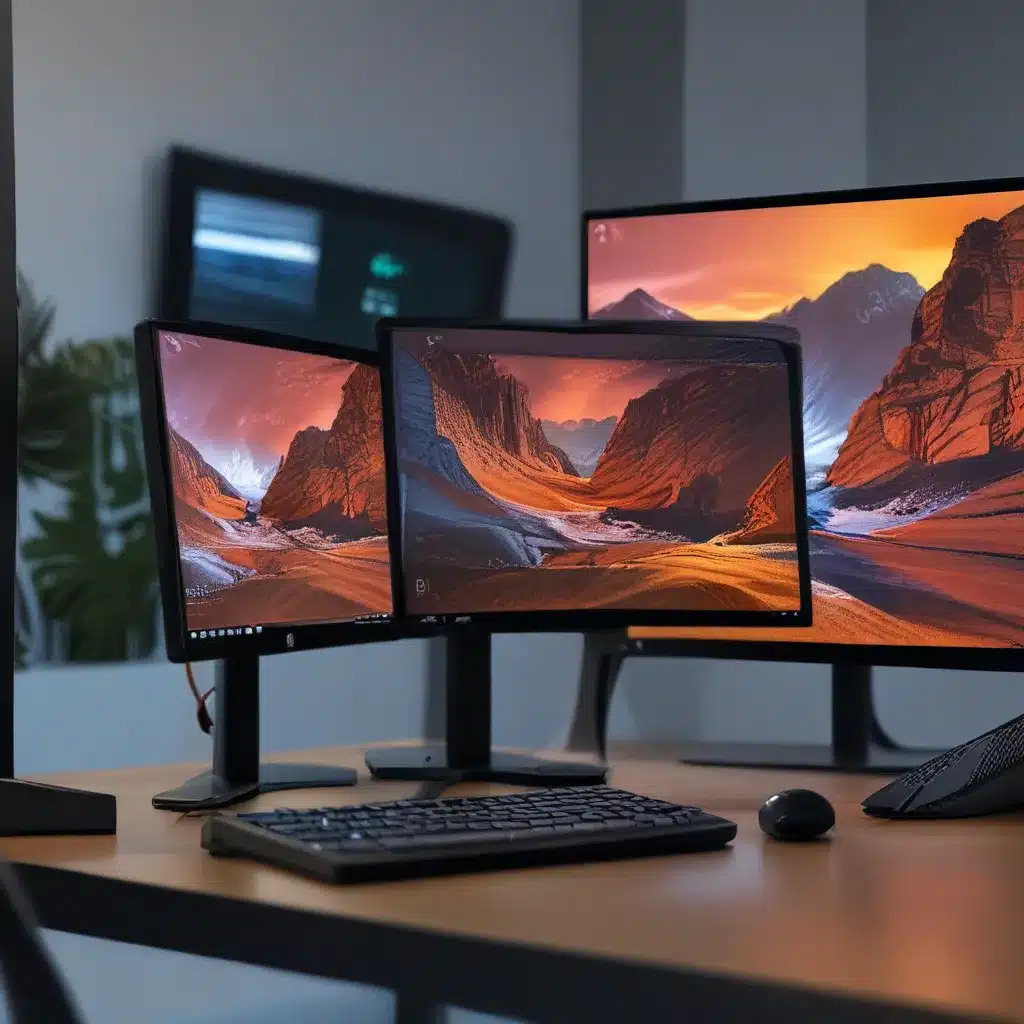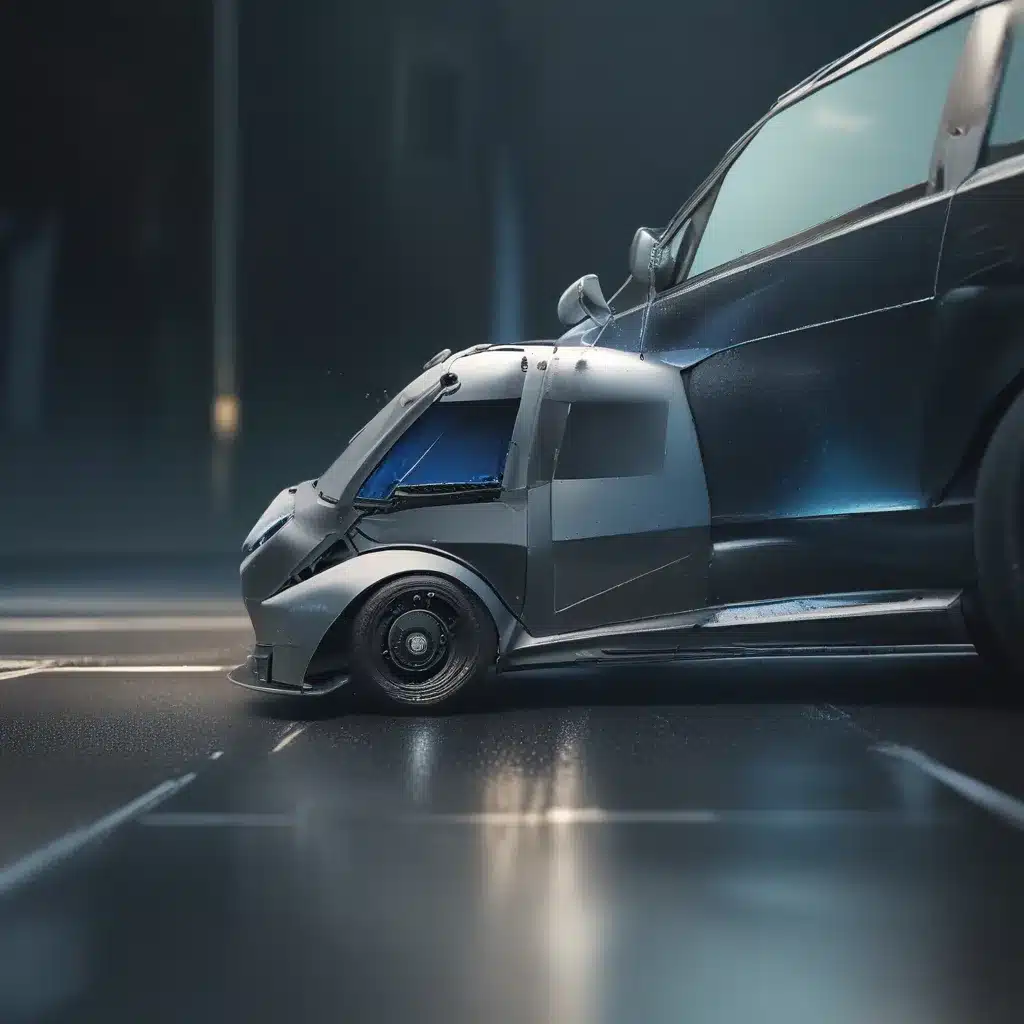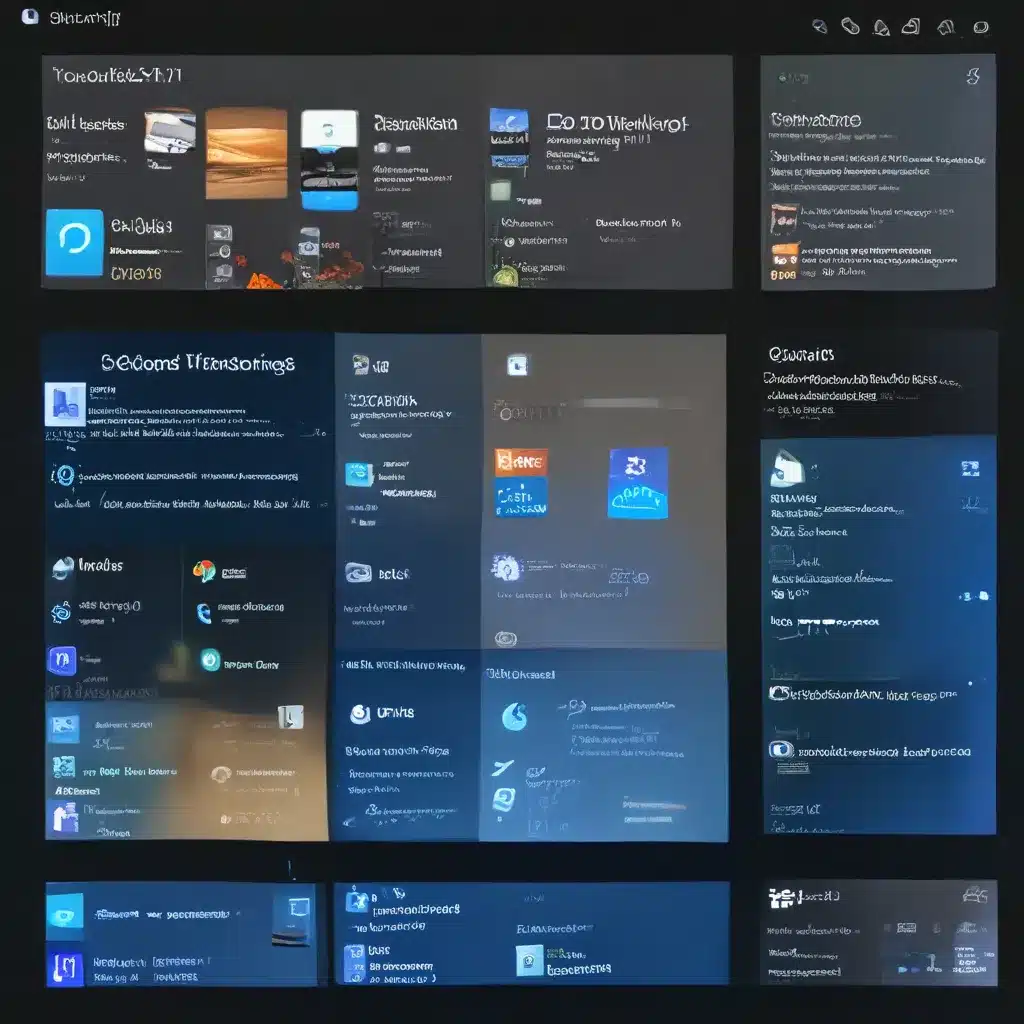The Blue Bomber’s Comeback
This year, I’ve played a lot of Mega Man. In addition to diving into the Mega Man X series over the summer, I played through and analyzed all 10 of the core series Mega Man games. Each had their own charms and added something to the franchise, and it was an excellent way to hype myself up for Mega Man 11 [1]. It has been far too long since we’ve received a Mega Man game, and if Capcom was going to do this, they had to do it right, especially after “spiritual successor” Mighty Number 9’s crash and burn. Fans everywhere waited in anticipation and worry, as the game came closer to its release, hoping for this to be the game we’ve been waiting nearly a decade for.
After spending a generous amount of time with the title, I can safely say with the utmost confidence that Mega Man 11 is one of the best Mega Man games I have ever played [1]. In a change for the series, Mega Man 11 starts off with a brief look into Dr. Light and Dr. Wily’s past. They’re back in their university days, Light shooting down Wily’s idea for a double gear system in favor of creating robots with independent thought. It’s quickly revealed that this is a dream, but it does inspire Wily to go back to his old idea [1].
Modernizing a Classic
The quality-of-life changes to Mega Man 11 are incredible. This game is finally the first Mega Man game to take advantage of every button on the controller. Rush is no longer treated as a special weapon that has to be switched to, as Rush Coil is now mapped to the X button, if you’re playing on the Nintendo Switch [1]. This encouraged me to use Rush Coil more and find different ways across obstacles because of how easy it was to use him. We’ve gone a long way from having to pause every time we wanted a new special weapon. While you can cycle through your special weapons using the shoulder buttons like previous games, you can also quick-select special weapons using the right stick [1].
The elephant in the room is of course the Double Gear system. There are two different gears that can be activated at any time. One of the gears powers up Mega Man, making his normal shots as strong as the half-charged shot, and his charged shoot two powerful blasts instead of one [1]. If you manage to charge the entire time without getting hit, you can do a final charge shot, which devastates everything in its path. Special Weapons also receive a power up with this mechanic, using resulting in a larger blast, or higher volume of ammo fired. Even bosses can use the different gears [1].
Bringing Personality to the Classics
For the first time in the classic Mega Man series, I feel terrible destroying the Robot Masters. Each one has their own distinct personality that is backed by a talented voice cast of them shouting out their attacks [1]. Tundra Man is a great example for this flair in personality as his fight involves several spotlights coming on him as he embraces the attention like he’s a part of the 20XX Symphony City Olympics. Even Mega Man isn’t immune to the wrath of Fire-Fighting types [1].
While the lack of Proto Man and Bass is disappointing, it’s exciting to see what Capcom is planning to do with them and the Blue Bomber in the future [1]. Mega Man is back in his best entry in over a decade. The controls are tight, the quality of life changes such as button mapping Rush Coil, Rush Jet, and sliding are more than welcome, and the Double Gear system becomes second nature quickly. While the main game may seem short, and a lack of fan-favorite characters is disappointing, Mega Man 11 shines in everything it does include. This truly is the triumphant return of the Blue Bomber.
Tabletop’s Triumphant Return
As someone who grew up with the classic Mega Man games, I was overjoyed to see the Blue Bomber make such a strong comeback. But that’s not the only retro gaming trend I’ve noticed making a comeback in recent years. Tabletop gaming, once relegated to the realm of nerdy basements and specialized hobby shops, has experienced a remarkable resurgence in popularity.
It started with the explosive success of Kickstarter campaigns for indie tabletop projects, which proved there was a hungry audience for innovative, high-quality board and card games. But the trend quickly went mainstream, with big-name publishers jumping on the bandwagon and bringing beloved video game franchises to the tabletop realm.
The Rise of Tabletop Adaptations
One of the most notable examples is the Resident Evil board game, which took the survival horror of the video games and translated it into an immersive cooperative experience. Players must work together to navigate the treacherous halls of the iconic Spencer Mansion, facing off against hordes of zombies and other nightmarish creatures [2]. The attention to detail and the seamless integration of classic Resident Evil elements made this one of the most sought-after tabletop releases in recent memory.
But Resident Evil is just the tip of the iceberg. We’ve seen tabletop adaptations of everything from Bioshock to Dark Souls, each one putting a fresh spin on the source material and giving players a new way to experience their favorite virtual worlds. Take the Horizon Zero Dawn board game, for example. Rather than simply recreating the video game’s plot, it allows players to explore the post-apocalyptic world of Horizon in an open-ended campaign, making their own choices and shaping the narrative as they go [3].
The Allure of Analog Gaming
So what’s driving this renewed interest in tabletop gaming? I think it comes down to a few key factors. For one, there’s a certain tactile satisfaction to moving physical game pieces and rolling physical dice that you just can’t replicate with a digital interface. There’s a sense of “being there” that gets lost when you’re staring at a screen.
But beyond that, there’s also the social aspect. Tabletop gaming is an inherently collaborative experience, one that brings people together around a shared activity. In a world that’s increasingly dominated by solitary digital entertainment, the opportunity to gather with friends, argue over strategies, and celebrate victories as a group has a powerful appeal [4].
The Future of Tabletop Gaming
And it’s not just video game adaptations that are thriving in the tabletop space. Original tabletop designs are also experiencing a renaissance, with designers pushing the boundaries of what’s possible in the medium. From epic, sweeping fantasy sagas to compact, innovative card games, the variety and quality of contemporary tabletop offerings is truly astounding.
[5] As for the future, I can only imagine the possibilities as technology continues to integrate with analog gaming. We’ve already seen projects that blend digital and physical elements, like the Kickstarter sensation Tainted Grail, which features an app-powered narrative that interacts with the game board. I can’t wait to see what other innovative hybrids emerge in the years to come.
So if you haven’t explored the world of modern tabletop gaming, I highly encourage you to give it a try. Whether you’re a longtime video game enthusiast or a complete novice, the tabletop medium has something to offer. It’s a realm of creativity, collaboration, and good old-fashioned fun – a triumphant return to analog gaming that’s well worth celebrating.
References
[1] Knowlege from https://gamingtrend.com/feature/reviews/the-triumphant-return-of-the-blue-bomber-mega-man-11-review/
[2] Knowledge from https://gourmetgaming.tumblr.com/page/3
[3] Knowledge from https://horrorpress.com/reviews/2533/definitely-getting-demon-etized-deadstream-review/
[4] Knowledge from https://lillegendstudio.com/2022/11/01/a-tale-of-heresy-gamers-month-5-wasted/
[5] Knowledge from https://www.belloflostsouls.net/2017/08/necromunda-awesomeness-must-return.html

